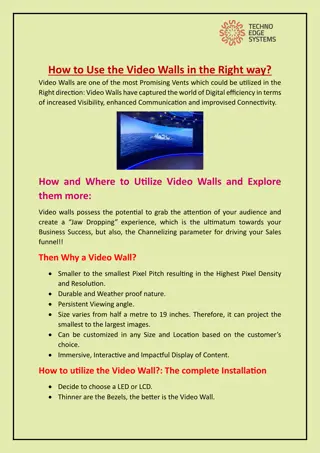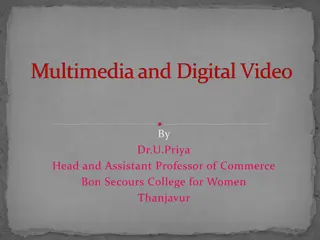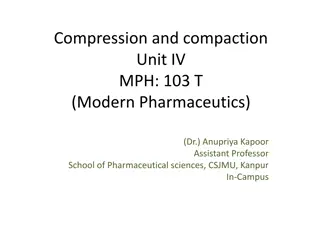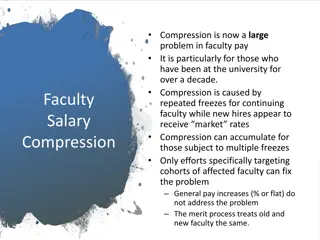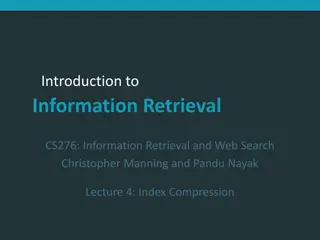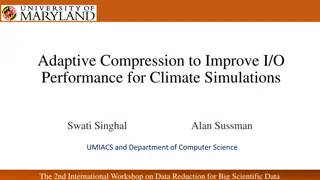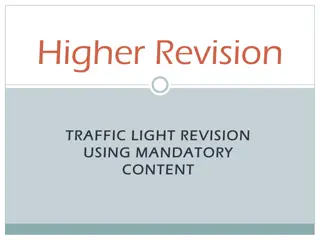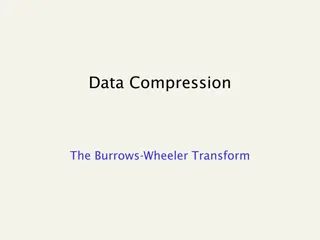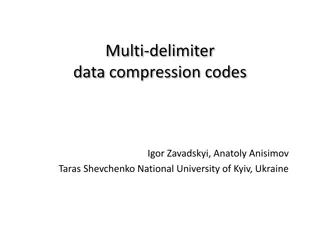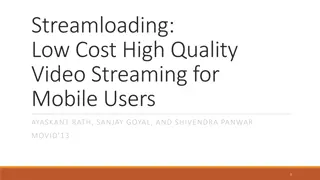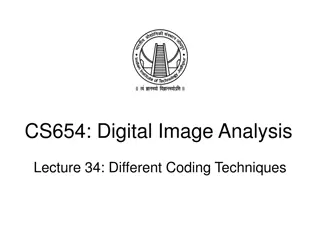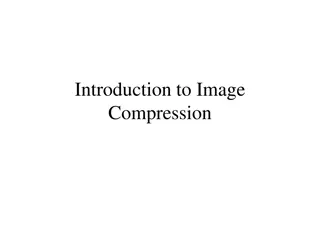Understanding Video Quality and Compression Techniques
Exploring the world of moving pictures, digital video quality, screen resolution, frame rate, and video compression methods. Learn how these factors influence the visual experience and the delivery of digital videos across various platforms.
Download Presentation

Please find below an Image/Link to download the presentation.
The content on the website is provided AS IS for your information and personal use only. It may not be sold, licensed, or shared on other websites without obtaining consent from the author. Download presentation by click this link. If you encounter any issues during the download, it is possible that the publisher has removed the file from their server.
E N D
Presentation Transcript
CHAPTER EIGHT VIDEO
MOVING PICTURES Film and video are a series of rapidly displayed still pictures. Each image captures an instance of motion. Persistence of vision results in perception of flow of motion. Analog film records images on transparent medium projected onto a screen. Analog video records images as continuously varying electrical voltages that produce images on a CRT or projection screen. 2
DIGITAL VIDEO QUALITY Three factors contribute to quality. Screen resolution Number of horizontal and vertical pixels used to present the video image. Frame rate Number of individual video frames displayed per second. Compression method Algorithm used to compress and decompress the video. Developers can adjust these factors to optimize delivery of digital video. 3
SCREEN RESOLUTION Screen resolution (or output resolution) impacts processing, storage, and transmission requirements. High quality digital video (DV) format is 720 X 480 (or 350,000 pixels at rates of 30 Fps). CD-Rom and Internet are too slow to deliver that much data. Solution: reduce the display size, which reduces the number of pixels/second to output. 4
FRAME RATE Standard frame rate for broadcast video is 30 frames per second (Fps). Reducing the frame rate reduces the data to be transferred. Video on Internet is often delivered at 15Fps. Cautions: Lowering frame rate will slow delivery of individual images and drop out frames of video. Result could be "jerky" motion. 15 Fps is a threshold for smooth motion video. 5
COMPRESS THE VIDEO Choosing compression depends on: Output destination DVD Internet Mobile device Editing capability Detailed editing tasks Limited editing tasks Type of images in video Complex scenes Similar scenes 6


